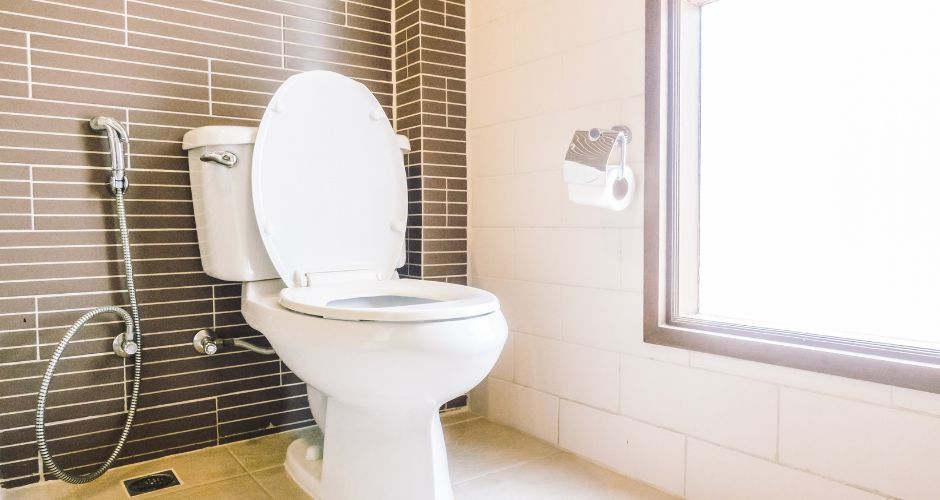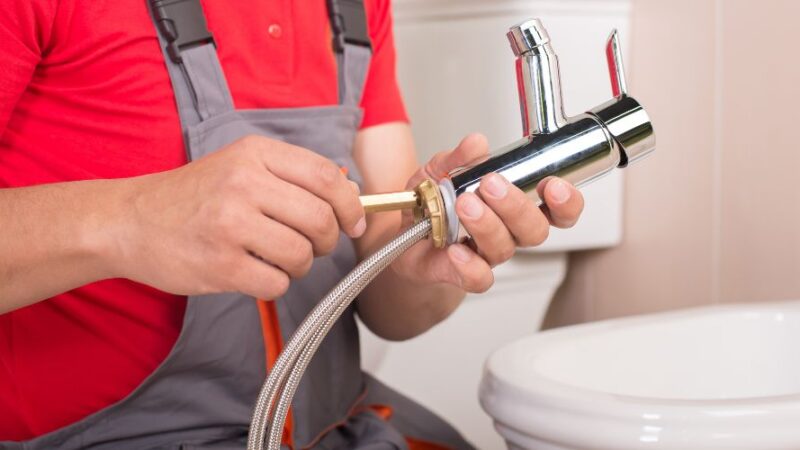Low-Flow Toilets vs. Standard Toilets: What’s the Difference?

When considering a bathroom upgrade or new construction, one key question often arises: Should you choose a low-flow toilet or a standard toilet? While both serve the same primary purpose, the difference in water usage, efficiency, cost, and environmental impact can be significant.
In this blog, we’ll explore how low-flow and standard toilets differ, and help you decide which one best suits your needs.
What Is a Low-Flow Toilet?
A low-flow toilet is designed to use significantly less water per flush than traditional toilets. The term generally refers to any toilet that uses 1.6 gallons per flush (GPF) or less. Many modern low-flow toilets use as little as 1.28 GPF.
Low-flow toilets were developed in response to increasing water conservation needs and have become standard in many building codes and regulations across the U.S. and other parts of the world.
Example: If you flush your toilet 5 times a day, a standard 3.5 GPF toilet would use 17.5 gallons per day, whereas a low-flow 1.28 GPF model would use only 6.4 gallons. That’s a daily saving of over 11 gallons.
What Is a Standard Toilet?
A standard toilet, in older models, typically uses 3.5 to 7 gallons per flush. These were the norm before the 1992 U.S. Energy Policy Act mandated a maximum of 1.6 GPF for new toilets.
While some standard models are still found in older homes, they are now considered outdated in terms of water efficiency.

Key Differences
1. Water Usage
This is the most critical difference. Low-flow toilets use 1.28 to 1.6 gallons per flush (GPF), while standard toilets use 3.5 to 7 GPF, especially older models.
- Example: If a household flushes 15 times a day, a low-flow toilet might use 24 gallons daily, while a standard one could use over 50 gallons. That’s nearly double the water usage every day.
2. Environmental Impact
Using less water means conserving natural resources and reducing strain on local water systems. According to the EPA, toilets account for nearly 30% of household water use, making water-efficient models crucial for sustainability.
- Low-Flow Toilets: Certified by programs like WaterSense, they meet strict EPA efficiency and performance criteria.
- Standard Toilets: Largely phased out in new constructions due to inefficiency.
3. Cost and Savings
- Initial Cost: Low-flow toilets typically cost $150–$350, while older standard toilets may be found for less. However, this difference is offset over time.
- Water Bill Savings: Households switching to low-flow toilets can save up to $110 per year on water bills. That adds up to over $1,000 in a decade.
4. Flush Technology
- Standard Toilets: Use gravity-based flushing with high water volume. While effective, they waste water.
- Low-Flow Toilets: Utilize advanced mechanisms like:
- Pressure-assisted flushes: Use air pressure to forcefully expel waste.
- Dual flush systems: Offer two options — a half flush for liquids (0.8 GPF) and full flush for solids (1.28 GPF).
- Pressure-assisted flushes: Use air pressure to forcefully expel waste.
These innovations ensure low-flow models are just as powerful — if not more efficient — than traditional ones.
5. Design and Aesthetics
Modern low-flow toilets often feature sleek, contemporary designs, with skirted bases and compact builds, perfect for modern bathrooms. Standard toilets may appear bulkier or outdated in comparison.
6. Installation Compatibility
Low-flow toilets use standard plumbing connections, making retrofit and installation easy in most homes. Replacing a standard toilet with a low-flow model does not require additional renovation, making it a hassle-free upgrade.
Pros and Cons
✅ Pros of Low-Flow Toilets:
- Water Conservation: Uses up to 60% less water.
- Lower Utility Bills: Reduces water costs significantly.
- Environmentally Friendly: Great for green building certifications.
- Modern Design: Many are sleek, stylish, and offer dual-flush options.
❌ Cons of Low-Flow Toilets:
- Upfront Cost: Can be more expensive initially.
- Potential for Clogs: Older or poorly designed models may clog more often (though this is rare with modern designs).
✅ Pros of Standard Toilets:
- Strong Flush: High water volume can mean a more forceful flush.
- Less Expensive (Used Models): Older models may be cheaper if already installed.
❌ Cons of Standard Toilets:
- Water Waste: Significantly higher water usage.
- Higher Bills: Increased long-term costs due to more water usage.
- Outdated Technology: Not ideal for modern sustainable living.
Real-Life Example
John and Lisa, a couple in Arizona, decided to renovate their bathroom. They replaced their old 3.5 GPF toilet with a 1.28 GPF low-flow model. After tracking their water bill for six months, they saw a 22% drop in water usage, which translated to around $80 in annual savings.
Frequently Asked Questions (FAQs)
Q1: Do low-flow toilets really save money?
Yes! On average, switching to a low-flow toilet can save a family of four around 13,000 gallons of water and over $100 annually.
Q2: Will a low-flow toilet flush as well as a standard one?
Modern low-flow toilets are engineered for performance. Dual-flush models and pressure-assisted designs offer powerful flushing with less water.
Q3: Are low-flow toilets harder to install?
No, the installation process is the same as a regular toilet. Any licensed plumber or experienced DIYer can handle it.
Q4: Can I replace my standard toilet with a low-flow one?
Absolutely. In fact, many local governments offer rebates to encourage the switch.
Q5: Do all low-flow toilets have dual flush?
Not all, but many do. Dual-flush toilets allow users to select a lighter flush for liquid waste and a full flush for solid waste.
Final Verdict: Which One Should You Choose?
If you care about saving money and reducing your environmental impact, a low-flow toilet is the way to go. Although the initial investment may be slightly higher, the long-term savings on your water bill make it worthwhile. With modern designs improving every year, performance concerns are virtually nonexistent.
For those with older homes or minimal bathroom use, standard toilets may still function adequately, but upgrading to a low-flow model is a smart move in nearly every case.
Related Articles:




